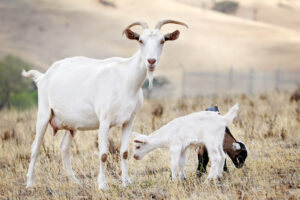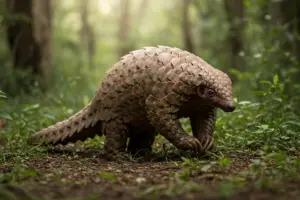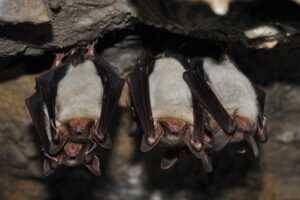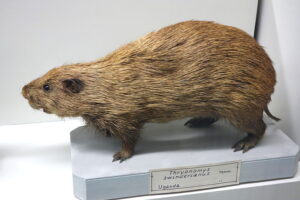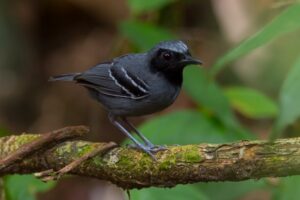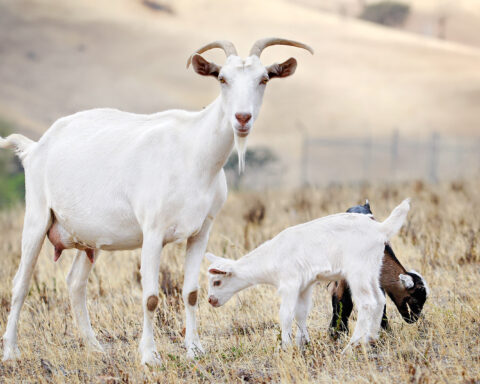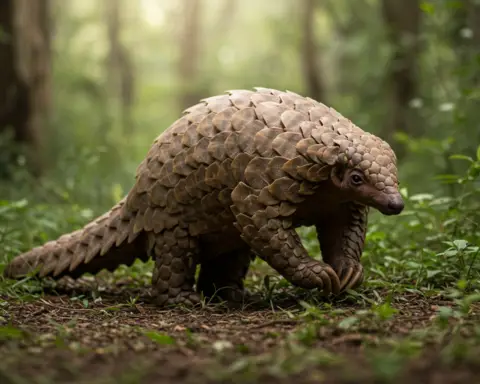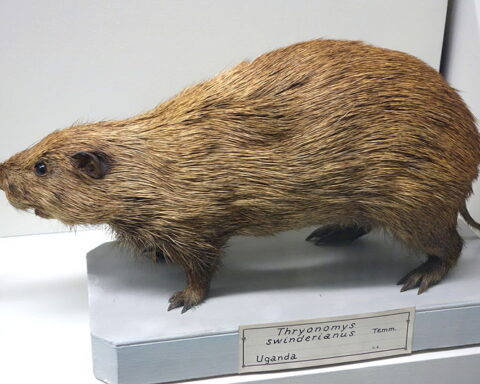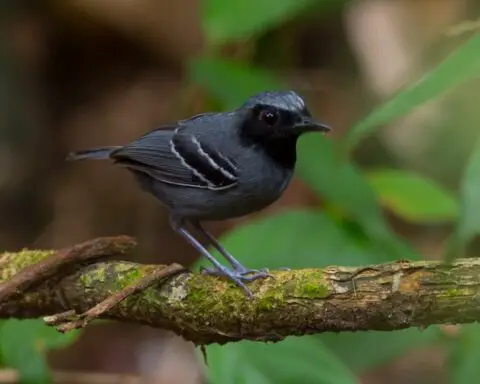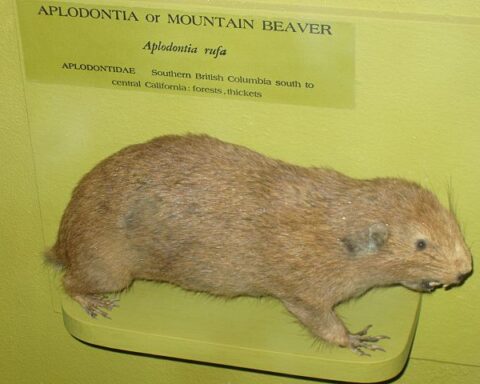This section focuses on how bats have uniquely adapted for flight, making them the only mammals capable of powered flight. Unlike birds or insects, bats are not only fliers—they are nocturnal mammals, which adds extra layers of complexity to their evolutionary path. Their adaptations go beyond the development of wings. They also had to evolve ways to navigate in darkness, regulate body temperature, and manage high energy demands required for flight.
Over the past 65 million years, natural selection has shaped bats by balancing a variety of physical and physiological needs. These include maintaining an appropriate body mass and shape, developing wing structures suited for various flying styles, and evolving the physiological capacity to meet the intense energy demands of staying airborne. Flight in bats involves not just moving through the air, but also controlling wing shape, motion, and orientation with precision.
However, the ability to fly at night required one crucial adaptation before wings could even become useful: a way to navigate in complete darkness. This led to the evolution of echolocation, a biological sonar system that allows bats to “see” through sound. Without it, flying in the dark would have been impossible, especially for early bat ancestors.
In short, becoming a flying mammal required far more than growing wings. It meant developing a complete system of adaptations—biological, physiological, and behavioral—to survive and thrive in nocturnal, airborne environments.
The Advantages of Flight in Vertebrates
Flight in vertebrates provides a wide range of benefits that go far beyond simple movement. These advantages influence everything from daily survival to evolutionary success.
- Access to Unique Food Sources:
Flying animals can reach food that land-based species cannot. Insects flying above ground, nectar from flowers on the tips of delicate branches, and fruits hanging out of reach are all accessible to species capable of flight. - Escape and Safety:
Flight also serves as an efficient escape from predators. Animals that can take to the air have the ability to flee from non-flying threats quickly and rest in elevated locations out of reach from ground predators. - Efficient Mobility:
Once airborne, vertebrates expend less energy per distance traveled than any other form of land-based movement. While takeoff requires effort, sustained flight becomes the most efficient way to travel over large areas. This mobility also allows animals to respond to seasonal shifts in climate and food availability, moving to areas that offer better conditions. - Evolutionary and Geographic Reach:
Flight offers a significant advantage in terms of species dispersion. Barriers that limit the spread of ground-dwelling animals—such as oceans, mountains, or large deserts—can be crossed more easily by those that fly. This has led to the successful colonization of remote locations by flying vertebrates. Bats, for instance, are the only native mammals to many isolated regions like New Zealand, the Azores, and numerous Pacific islands.
Before the arrival of humans and their animals, bats and a few rodents were the only placental mammals on the Australian continent. Their ability to fly gave them an edge in reaching and surviving in places where others could not.
In every respect—from feeding and survival to migration and long-term evolutionary success—flight provides a powerful set of tools that ground-based animals simply can’t match.

